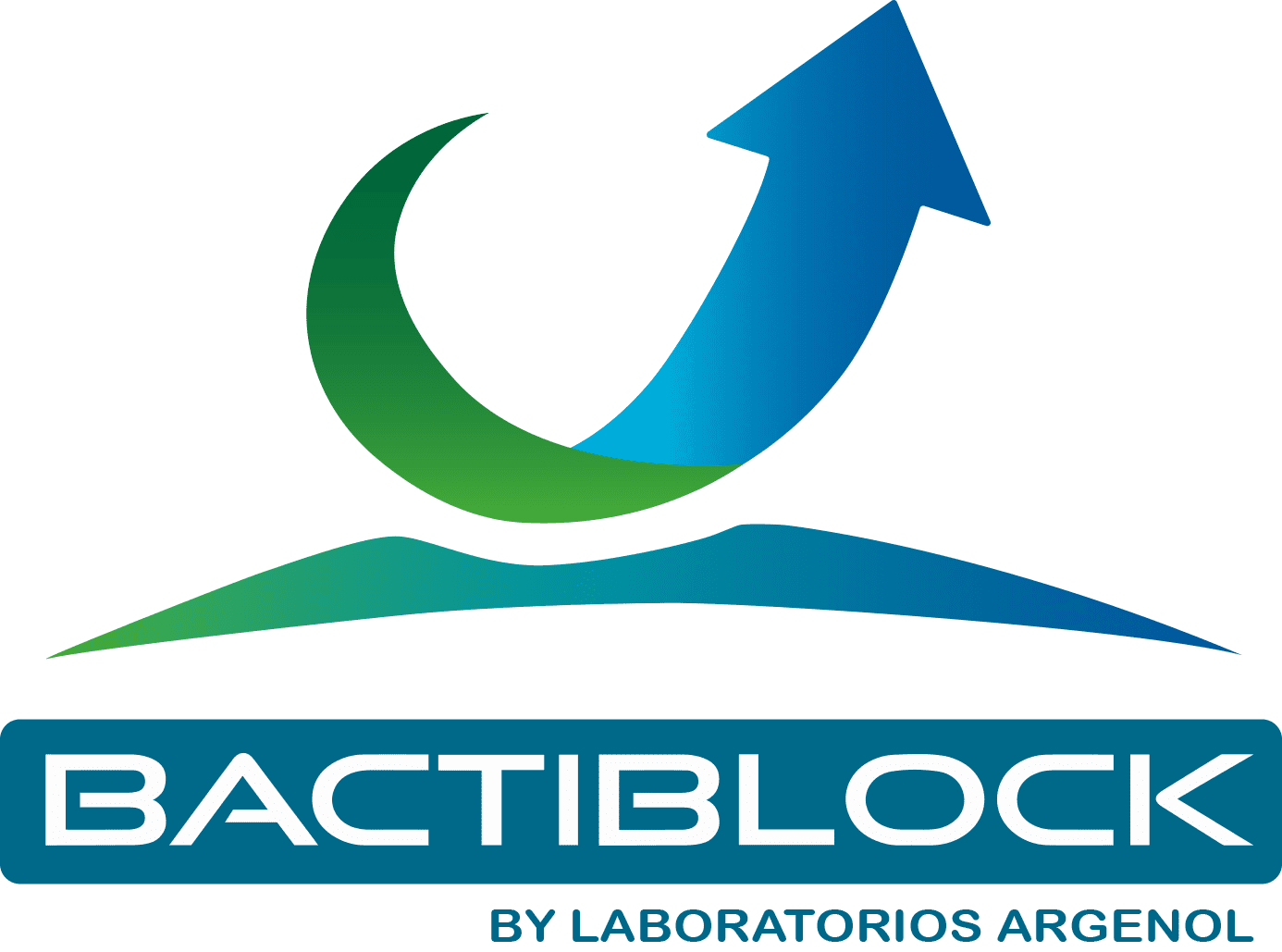BactiBlock® additives in Composites

A composite material is a combination of two materials with different physical and chemical properties. When they are combined, they create a material which is specialised in doing a certain job, for instance to become stronger, lighter or resistant to electricity. Needless to say, that the reason for their use over traditional materials is that they improve the properties of their base components and, thanks to that, they are applicable in many situations. For example, the versatility in designing complex shapes together with these outstanding performances provide a series of significant advantages for various applications in sectors such as aerospace, construction, automotive, healthcare, naval, sports, among others. These are sectors and materials where BactiBlock® can definitively add an extra added value by generating a protected against microorganisms and safer surface.
How can I incorporate BactiBlock® into my composite material?
The most used composite materials because of their lightness and excellent mechanical properties, are composite materials of polymeric matrix with fibre reinforcements. Organic matrices can be thermoplastic, thermosetting or elastomers. BactiBlock® is added easily into these organic matrices at a reduced addition level of around 0.5-1% by weight. If your material is polypropylene or polyamide based, for instance, we can propose you an adapted BactiBlock® masterbatch. If you’re using polyester, epoxy resins or polyurethane you can add BactiBlock® powder directly and spread it until you reach and homogenous mixture.
Adding BactiBlock into gelcoats is a very interesting option as well. Gel coats are materials used to provide a high-quality finish on the visible surface of a composites. Through this finish we can, without difficulty, impart antimicrobial properties to the full material. The most common gelcoats are based on epoxy or unsaturated polyester. You can follow these steps in order to incorporate BactiBlock®:
- Incorporate BactiBlock® to the resin together with the rest of the solids.
- If required, BactiBlock® can be added pre-dispersed in styrene.
- Adjust viscosity if needed.
- Stirring at low speed. Some foam could appear at higher speed stirring mixers.
Antimicrobial efficacy results according to ISO 22196


If you’re interested in developing an antimicrobial composite or gelcoat with our antimicrobial additives BactiBlock®, get in touch with us, we will be happy to provide further information.
Previous news
BactiBlock® antimicrobial pet products
Pet ownership in Europe (and abroad) has shown continuous growth, driven by factors like urban living and increased appreciation for companionship, particularly during the pandemic. According to a recent survey, nearly 50% of households by now have a pet, ranging from...
BactiBlock® antimicrobial products for the summer
Summer is already here and that means plenty of plans and celebrations! This could be a time for significant gatherings, like local festivals, celebrations of personal milestones, or other community events. Celebrations can bring people together, fostering a sense of...
BactiBlock® will exhibit at FOAM EXPO NORTH AMERICA!
This new edition of Foam Expo North America will take place in June 24-26, 2025 at Suburban Collection Showplace, Novi, Michigan and BactiBlock® will be there! Foam Expo is the continent's largest foam event, offering three days of networking, innovation, and business...
New consumption habits & listeria infections
Have you heard about a bacteria called Listeria? Listeria monocytogenes is a well-known and feared bacteria, specially when it comes to the agri-food industry. This widespread bacteria posses a great resistance to particular conditions and, because of that, it can be...
BactiBlock® treated artificial grass
Artificial grass or turf consists of a surface made from synthetic fibres, which designers engineer to imitate natural grass's aesthetic qualities and feel. It is much more durable than natural grass and easily maintained without irrigation or trimming. Stadiums and...

Autovía Logroño Km 7,4
50011 Zaragoza - ESPAÑA
Autovía Logroño Km 18
50298 Pinseque (Zaragoza) - ESPAÑA




Autovía Logroño Km 7,4
50011 Zaragoza - ESPAÑA
Autovía Logroño Km 18
50298 Pinseque (Zaragoza) - ESPAÑA




